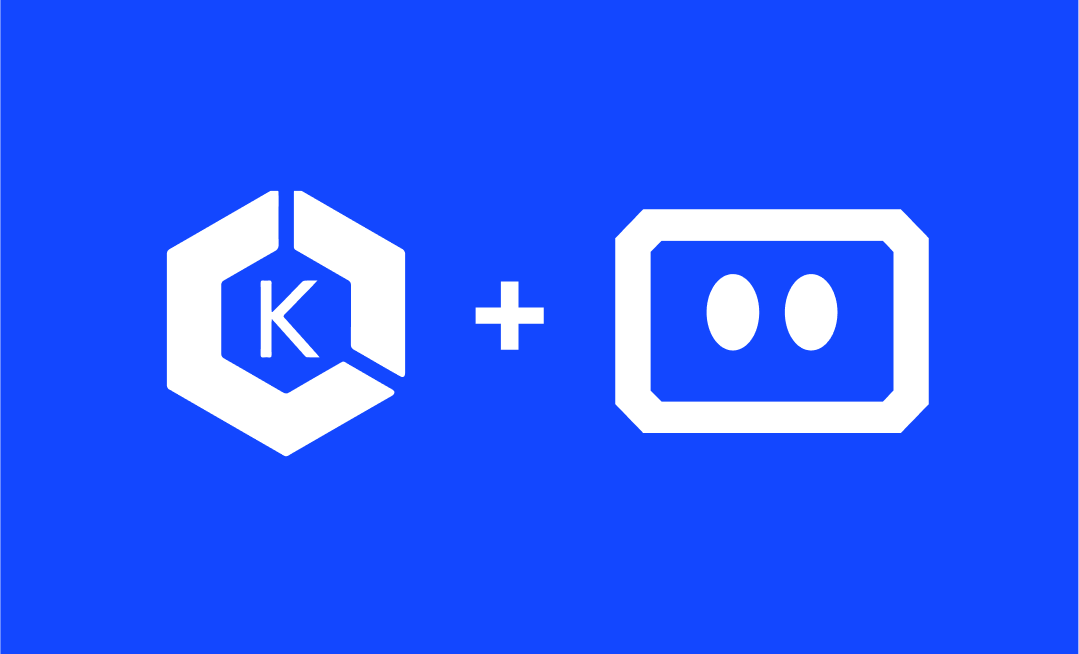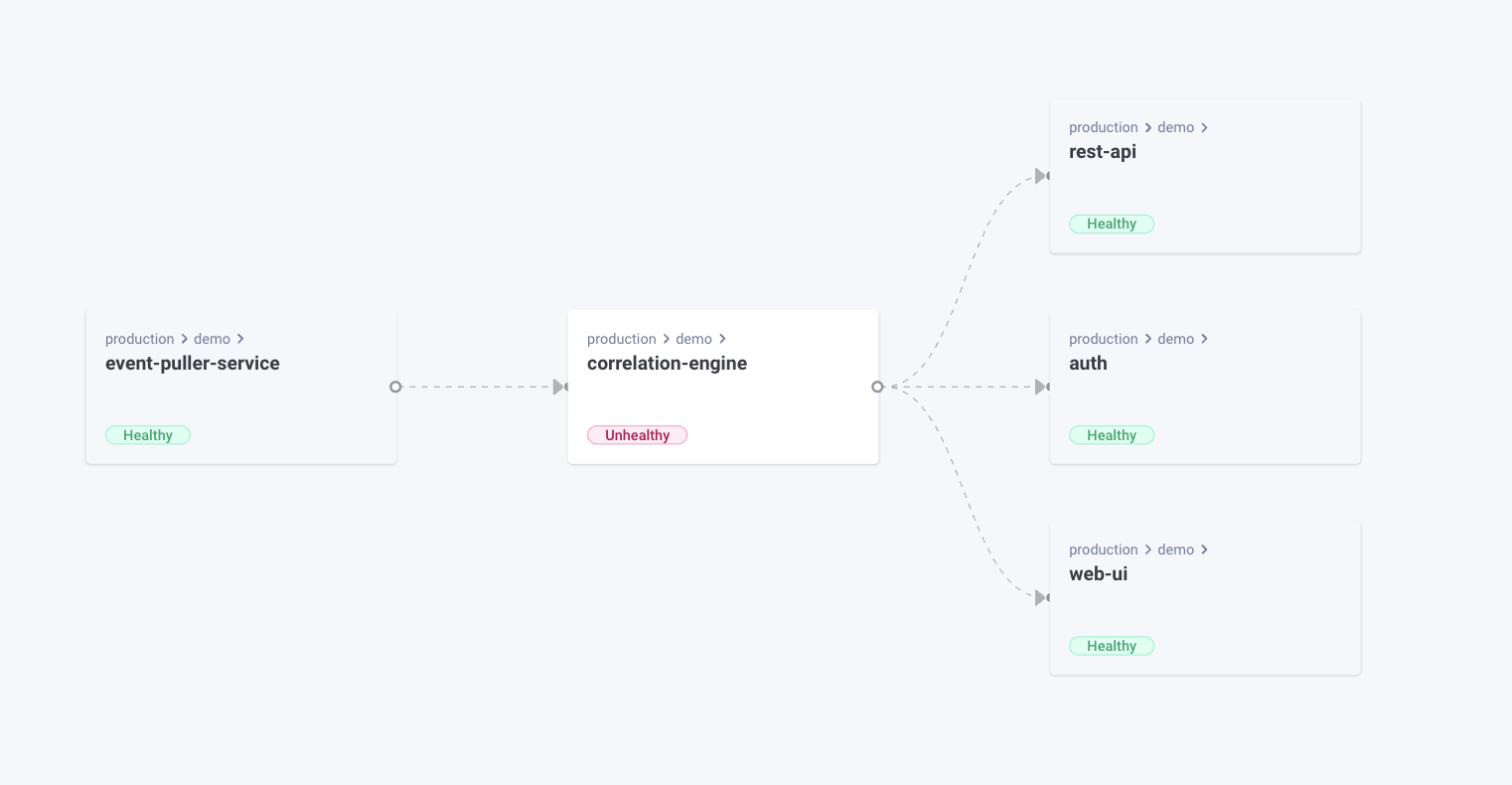What is ‘Amazon Elastic Kubernetes Service (EKS) Blueprints’?
We’re pleased to announce that the Komodor platform has published an Amazon Elastic Kubernetes Service (Amazon EKS) Blueprints CDK Add-On.
Amazon EKS is a managed Kubernetes service that streamlines the deployment and scaling of cloud-based or on-prem K8s clusters. With the release of Amazon EKS Blueprints, AWS has provided customers with a framework to create and maintain multiple EKS environments with batteries included on Amazon EKS, reducing operational complexity by packaging tools, such as CI/CD pipelines and telemetry services, into a unified platform.
Amazon EKS Blueprints is a game-changer for your operations teams. It streamlines the deployment of well-architected Amazon EKS clusters and centralizes commonly used Kubernetes tools and best practices, such as security, scaling, monitoring, backup, and disaster recovery. This makes it easier for developers across the enterprise to deploy their Kubernetes applications on the provisioned clusters, in a repeatable and predictable manner.
And now, with our Amazon EKS Blueprints add-on, you can simplify your operations even further. The Komodor Agent can be automatically deployed onto your Amazon EKS cluster, allowing you to visualize, monitor and manage your K8s resources right out of the box. This means that once the Amazon EKS cluster is up and running, it is already exposed by Komodor, which enables a guided and accessible Kubernetes experience for every developer (even without deep experience with K8s).
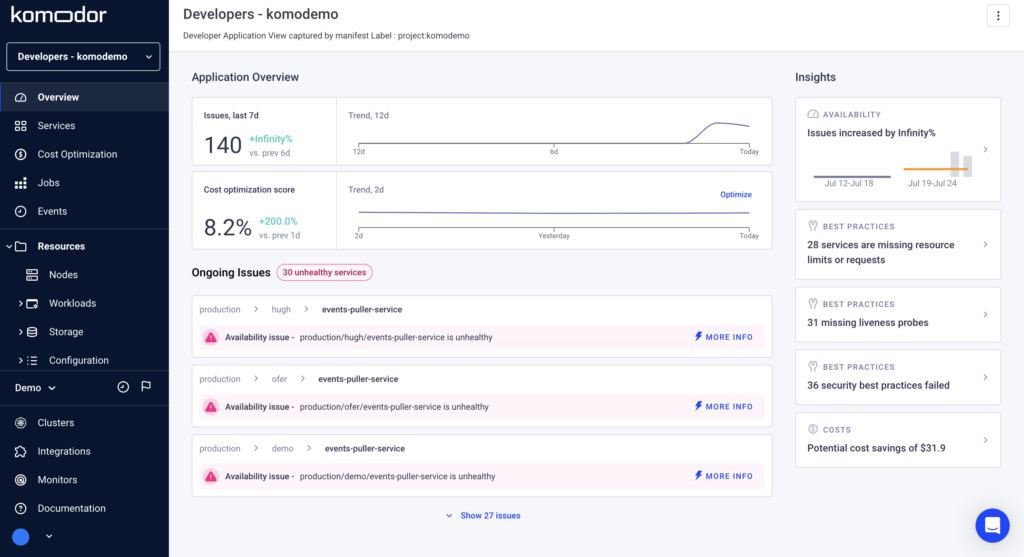
Using Komodor to Manage EKS Clusters
Komodor is a dev-first Kubernetes Operations Platform that enables teams to operate, troubleshoot, and control their cloud-native applications through a single pane of glass. It’s the shift-left engine that unlocks the benefits promised by Kubernetes adoption and allows organizations to maximize efficiency and productivity.
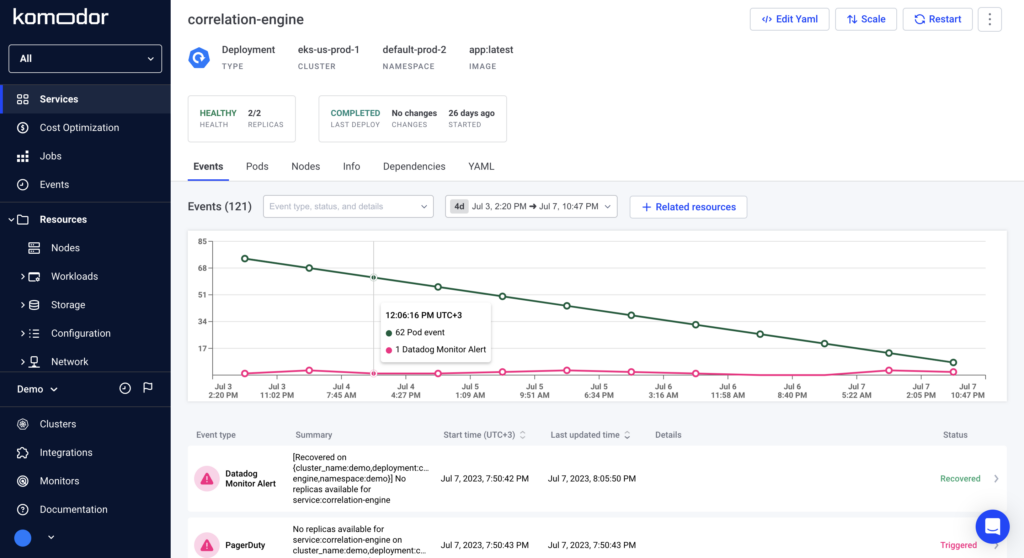
While the Amazon EKS Blueprints simplify the deployment of your workloads, it remains essential to get full visibility into your clusters and enable developers to navigate K8s independently. Spinning up an Amazon EKS cluster is the easy part, but making it simple and frictionless enough for devs to operate and troubleshoot their apps daily is the challenge.
Kubernetes environments are extremely dynamic and flexible. As such, when incidents occur, fixing them without the right context is challenging. Answering a simple question like “Who changed what and when?” can be very time-consuming and cognitively taxing given the many moving parts of K8s and the sheer amount of metrics, data, and logs you need to piece together to get a sense of what the root cause might be.
Komodor provides a coherent timeline view of all relevant changes and events in any cluster, as well as historical data that makes it extremely easy to draw insights to investigate incidents and quickly zero in on the root cause. You can even view pod logs directly in the platform without having to give Kubectl access to every developer.
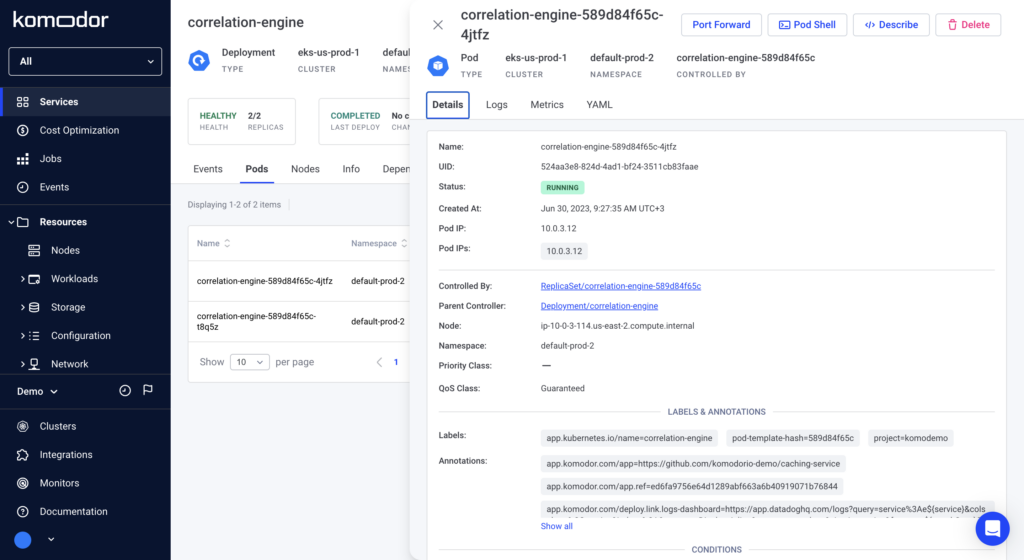
Komodor monitors every K8s resource and ensures compliance with best practices to prevent issues before they happen (i.e liveness probe missing, no CPU limits, etc). It presents all the relevant data, minus the noise, and provides step-by-step instructions for remediation while automating away all the manual checks usually required when troubleshooting. Given the right RBAC configurations, devs can take actions directly from the Komodor platform – minimizing context switching while auditing every change.
Whether you are migrating to Amazon EKS or starting up from scratch, EKS Blueprints provides the necessary tools for success. With EKS Blueprints, developers have the ability to easily create and configure well-architected Amazon EKS clusters across multiple accounts and regions, with the Komodor Agent already deployed and monitoring your K8s. Ensuring a smooth, self-serve onboarding and a great developer experience.
Additional Methods
Many engineers prefer using Infrastructure as Code (IaC) methods for cluster deployment and resource provisioning. IaC tools are the easiest way to configure a well-defined and structured setup that can be replicated at any time. You can use Terraform to deploy an Amazon EKS cluster, but we recommend using a tool like Firefly.io to streamline the process and grant you extended visibility into changes and drifts in your infra after the cluster is up and running. If the cluster deployment fails, Firefly will make it super easy for any developer to understand why and how to fix it.
Get Started
Komodor’s unified dev-first K8s operations platform is essential to maximizing the benefits of Amazon EKS, as it flattens the learning curve for developers, and enables them to be more efficient and self-reliant.
To learn more about integrating your Kubernetes environment with Komodor check out our documentation. The CDK code in our repo can be used to quickly deploy an Amazon EKS cluster with the Komodor Agent installed out of the box. Additionally, Amazon EKS Blueprints users can add this module as a dependency in their project to allow installing the Komodor Agent using CDK code and to manage its configuration using GitOps.
This is another step towards delivering the highest levels of innovation to our mutual customers. Stay tuned for more product updates and collaborations between Komodor and AWS. We have a bunch of interesting things cooking in the oven. Start managing your Amazon EKS clusters with Komodor for free! Try now: https://app.vague-comma.flywheelstaging.com/#mode=signUp
